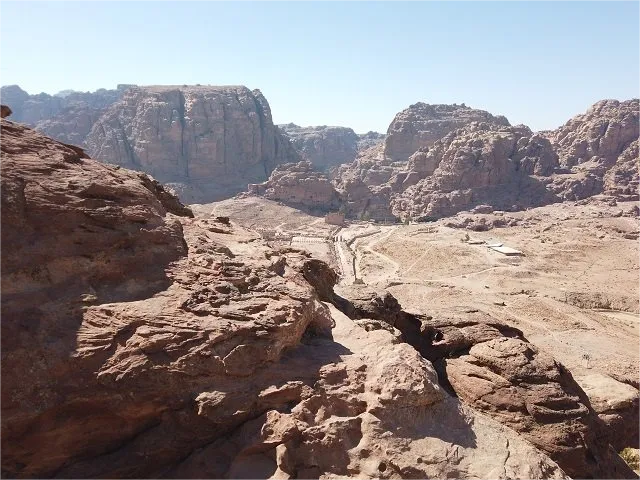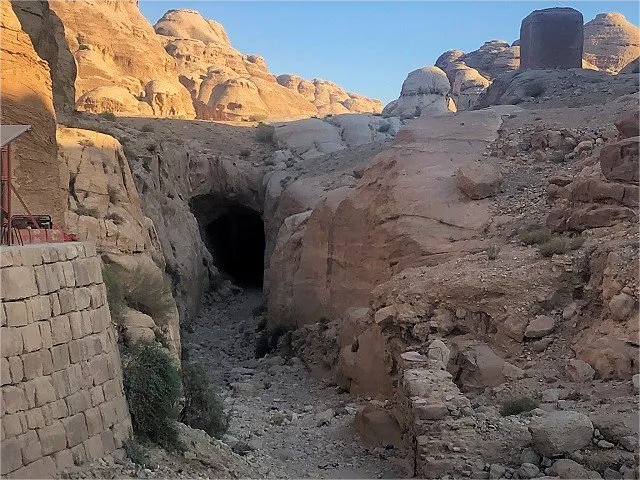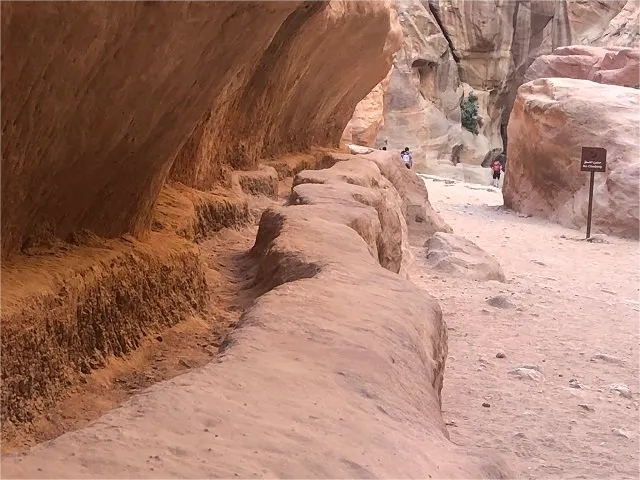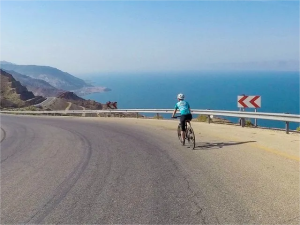Petra Water System – An Ancient Thirst Quencher
- by Mohamed Adam

Exploring Petra, one of the main surprises is the shear immensity of this ancient city. On a blistering hot day, it is imperative to carry a water bottle while exploring this incredible site. How sophisticated was the Petra water system to be able to supply its population with enough water in such a dry climate?
How Did Petra Survive In Such A Dry Climate?
The city of Petra, first founded around 312 BC by the Nabataean Empire, was a viable city for close to 1,000 years. The Petra water system needed to be extremely robust to sustain the population for so long. Much research and investigation revealed amazing facts about how the city of Petra thrived in such a dry climate.
Although earlier versions of water gathering and distribution systems existed around the Petra area before the Nabataean Empire, The Nabataeans vastly expanded the Petra water system to capture the water sources much more effectively.
Water from natural springs and rainwater were efficiently captured and utilized. An intricate and ingenious system of reservoirs, channels, pipelines, dams, cisterns and basins supplied water to a population of some 30,000 continually and consistently throughout each year. Petra’s water requirements would have been roughly 1,800 m3/day (475,000 US gallons/day) based on presumed per capita and public area requirements.
Natural Springs – The Life of Petra
Nine known natural springs, scattered around the area, were the primary source for the Petra water system, ensuring an ongoing water supply for the inhabitants. However, the flow would vary throughout the year. The largest spring, Ain Musa, dominated the natural spring water flow into Petra. Also known as Moses Well, it is believed water began flowing after Moses struck the rock.
When It Rains It Can Pour
If you have ever seen photos of Petra and the surrounding terrain, you know it is very dry indeed. The average annual rainfall in Petra is only 86 mm (3.4 inches), mostly in the winter months. But even though it rains infrequently, downpours can occur. In November 2018 a rare heavy downpour created flash flooding in Petra, as the ancient Petra water system no longer functioned as it once did.

The Petra Water Reservoir
Near the entrance of Petra, the remnants of the Zurraba Reservoir can be seen. Its main purpose was to enable rapid deployment of large volumes of water to replenish cisterns or supply increased volume into the city as large trade caravans arrived. This reservoir was large enough to hold a three-week supply of water.

The Dual Purpose of Petra Dams
Several dams, strategically positioned across stream beds throughout the mountainous terrain, captured, diverted and temporarily stored a high percentage of the runoff water during rain events. The dams were also critical for flood control by holding and diverting excess water.
The Cistern Water System of Petra
A multitude of cisterns were carved into key locations throughout Petra and surrounding area to safely store diverted rainwater. Cistern water would supplement Petra’s water needs when necessary, ensuring a consistent volume of water throughout the year. In aggregate, the cisterns could retain several months worth of water supply for Petra.
The Basins Inside Petra
Basins were utilized for various purposes. For example, four basins were situated along the Petra siq (entry canyon) were connected to the pipeline and used as settling basins. This clarified the water for consumption and to remove particles which could potentially clog the pipes. These basins were ornate and impressive as this was the main route into Petra.
On the other hand, raised basins along the Cardo (or Roman Colonnaded Street) were connected to elevated pipes and used to hold volumes of water well above ground level. These provided pressurized water for fountains and lower public basins.
The Petra Pipelines
Evidence of over 200 kilometres (125 miles) of mostly clay pipelines have been discovered in and around Petra. The pipelines were designed and positioned to transport and distribute the water throughout the city of Petra. The Petra water system evolved over hundreds of years to become a complex system which connected reservoirs, cisterns, dams and basins to the inhabitants and structures of Petra.
The pipelines were well designed to optimize flow, minimize turbulence, mitigate leakage, and prevent clogging. Most of the pipe sections were designed and constructed by the Nabataeans.
Following the transfer of power to the Romans in 106 AD, the water system was expanded to accommodate additional development. The Romans, however, did not replace the Nabataean water storage and distribution system, but rather just expanded the Petra water system as needed.

The Water Channels Petra
Channels were carved into the mountainous terrain to divert and focus runoff water to the nearby dams and cisterns, improving the rainwater capture efficiency. Other channels were carved into the rock to accommodate and support the clay pipes that distributed the water.
How Old Is Petra? A Petra History Timeline
The Petra water system survived the changing rulers and trade activity through the centuries. Most of the water system development of Petra was during the Nabataeans’ rule from 312 BC to 106 AD.
Petra was absorbed into the Roman Empire in 106 AD and further development took place which required the water system to expand. The Roman’s ruled Petra for some 220 years until the Byzantines took control in c. 330 AD.
In 363 AD, a massive earthquake destroyed many buildings and heavily damaged the vital water system. The devastation to Petra, and changing trading routes, resulted in the beginning of Petra’s long slow decline, culminating in its abandonment by 700 AD.
Exploring Petra, one of the main surprises is the shear immensity of this ancient city. On a blistering hot day, it is imperative to carry a water bottle while exploring this incredible site. How sophisticated was the Petra water system to be able to supply its population with enough water in such a dry climate?…




